“Memory’s images, once they are fixed in words, are erased,” Marco Polo said. “Perhaps I am afraid of losing Venice all at once if I speak of it, or perhaps, speaking of other cities, I have already lost it, little by little.”
Italo Calvino, Invisible Cities Venice.
After such a long year and a half, it feels almost surreal to talk about travel in any form.
This feeling arises not only from the obvious reason—that we haven’t traveled for quite a while—but also because I’ve struggled to regain my creative spark post-pandemic and after becoming a mother back in April. Nico and I have yearned for this moment more than anything, and I often have to remind myself that our daughter is here, that we are indeed parents, and this is all very real.
It almost goes without saying, but life has transformed remarkably. The beauty of our new reality is something I’m still adjusting to. With a cup of coffee in hand and a manageable schedule of naps for baby Annabelle, I sometimes feel a flicker of my former self—the one who loved to write about life and travel in Italy and beyond. Though I’m enveloped in the haze of sleep deprivation and the warmth of newborn cuddles, I still have so much to share on this blog, now with a tone that reflects the changes in our lives.
Speaking of changes, one of the most memorable trips we took before the world hit pause was a weekend visit to Venice with Nico in February 2020. I must admit my perceptions of La Serenissima were largely shaped by the fact that it was a prominent tourist hotspot—much like Florence, where I spend a considerable amount of time.
My preconceived notions stemmed from brief visits and were only reinforced by sightings of massive cruise ships clogging the Grand Canal (and, by the way, Venice has recently seen protests against the return of these giant vessels). I no longer enjoy pushing through throngs of tourists and awkwardly stepping into their selfies; I often find myself longing for less crowded destinations like Cilento or Calabria—my list of preferred Italian locales is extensive.
Of course, we toured the well-known sites: Piazza San Marco, Caffe Florian, the Ducal Palace, Harry’s Bar, and so on. But what else lies beneath the surface? The floating maze of Venice certainly holds many secrets, even in the aftermath of the pandemic. Thankfully, my friend Emiko shares her culinary adventures in Venice through her blog, while local expert Valeria Necchio provides daily glimpses of the city on her Instagram account.
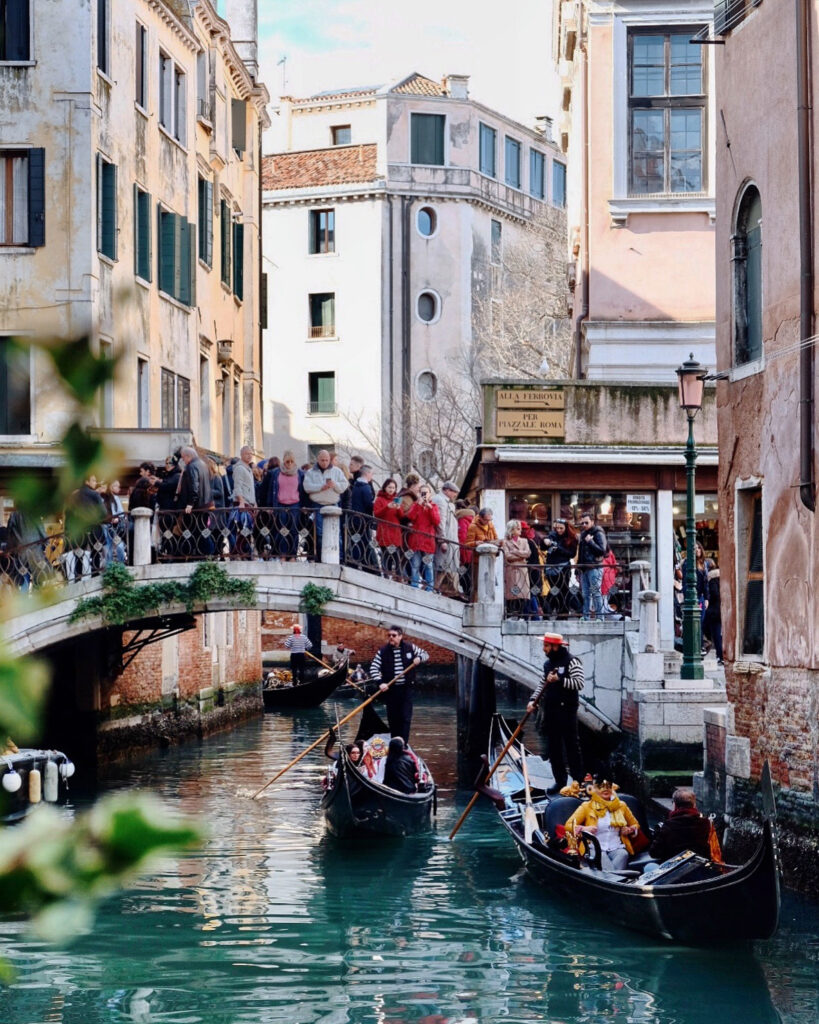
As mesmerizing as Venice is during daylight, it takes on an almost extraordinary quality at night.
Wandering past iconic landmarks like the Teatro La Fenice (where masterpieces by Rossini, Bellini, and Verdi are performed) and enjoying a gin and tonic or spritz at the opera bar while catching the reflection of light off the stone makes you feel connected to a cinematic experience.
The magic of Venice is distinctively unparalleled.
From its humble beginnings in the 7th century, Venice has served as a magnetic hub for trade and culture, wealth and power—a meeting point for a diverse array of people, including religious pilgrims, refugees, diplomats, crusading armies, and merchants.
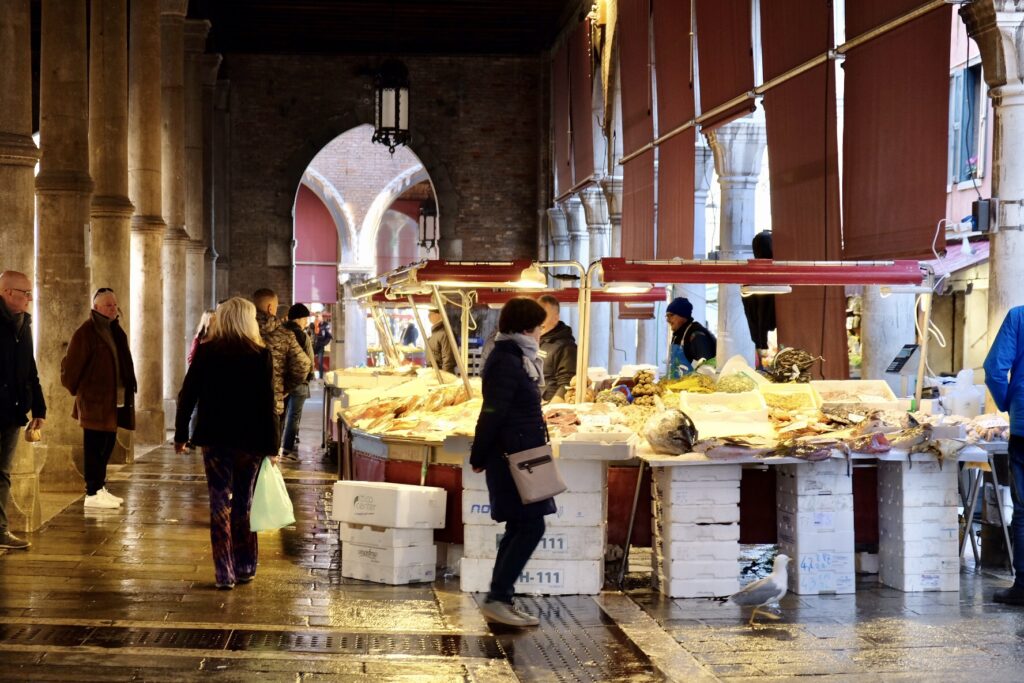
For those curious about Invisible Cities (mentioned in the quote above), it is a metafictional guide to Venice—a tribute to a series of exotic and distant cities, all depicted as variations of Venice through the eyes of the Venetian traveler Marco Polo, as he recounts them to the emperor Kublai Khan. The book profoundly explores the human desire to create, inhabit, and speak of cities. If all cities mirror Venice, it’s because Venice encapsulates the very essence of what a city represents. Ever since the Renaissance, when Shakespeare captured the lives of its merchants, Venice has continually floated in the global imagination as a unique reflection of urban life—real yet surreal.
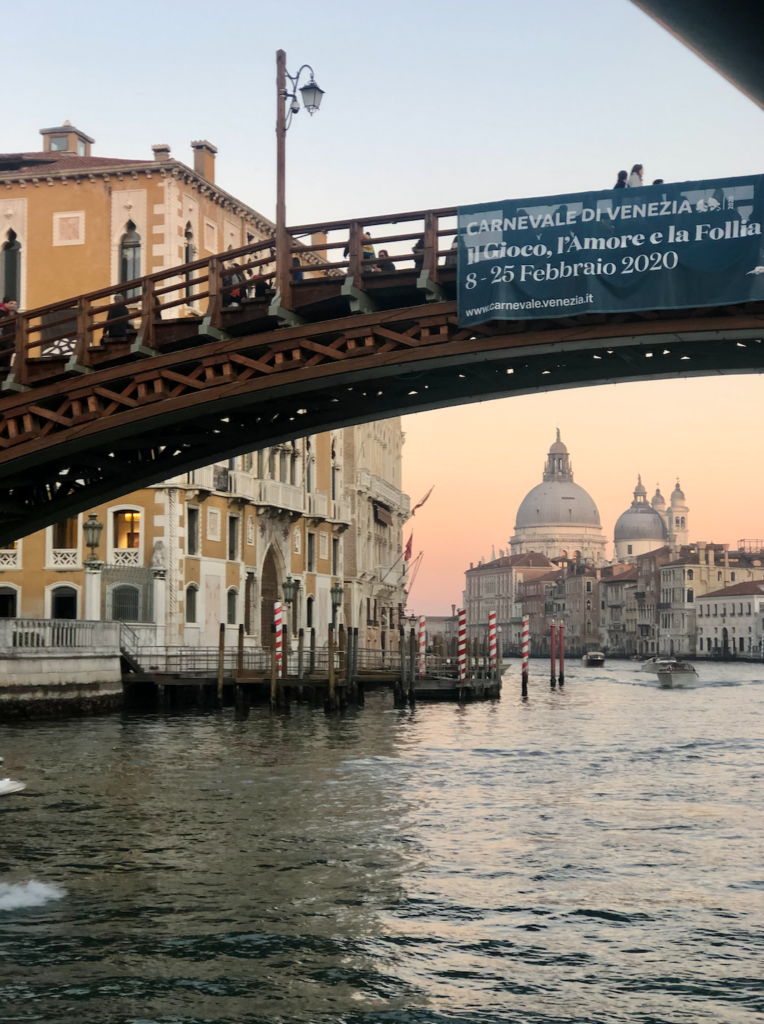
The enchantment of this floating lagoon is ever-present for those who know where to look. It’s hidden behind tranquil corners; simply observe the gondolas swaying in the breeze or leisurely explore quaint, dusty bookshops. In fact, getting lost in the winding streets can be a delightful adventure if time allows.
I’ve learned that rushing through Venice often means missing its most memorable aspects. During our recent weekend visit, we refrained from over-scheduling ourselves and instead opted to support local artisans, indulge in delicious food, and stroll through the streets without a strict agenda. This approach proved enriching compared to my previous habit of frantically trying to “see it all.” This time was about appreciating details and taking the time to sit in a square and simply breathe.
Just bring along time, flexibility, and a generous dose of curiosity. Allow yourself to wander and let Venice reveal itself to you. And don’t forget to wear comfortable walking shoes!
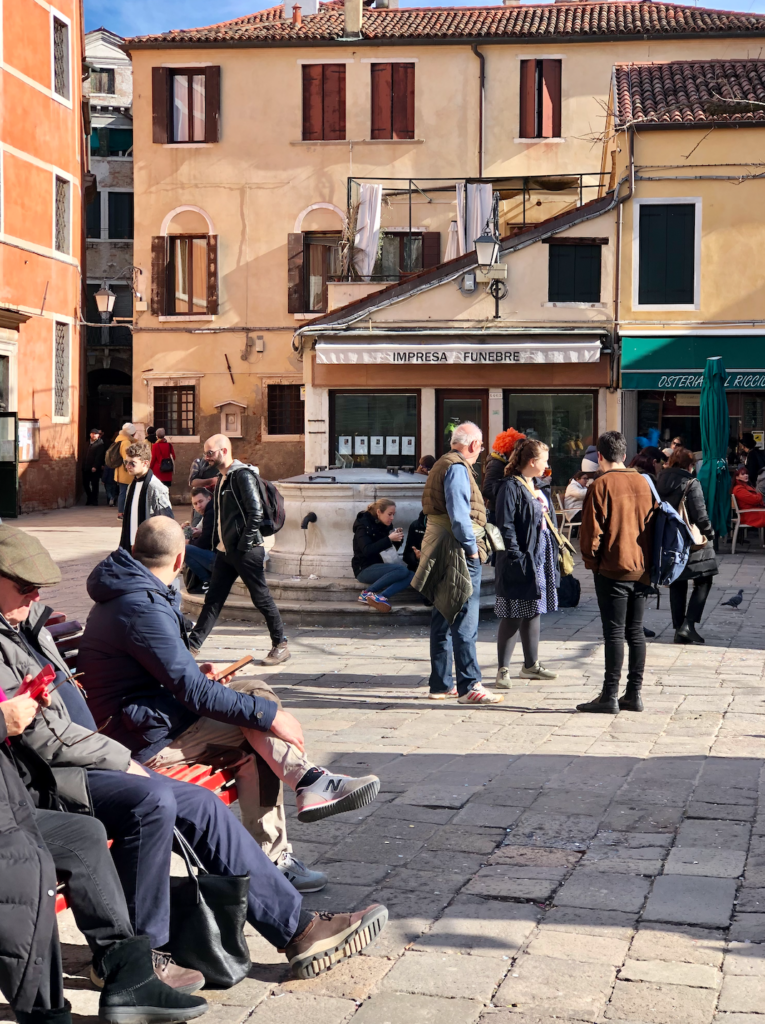
An Extraordinary Palace on the Canal: Palazzo Ca’nova
Deciding on where to stay in Venice can be challenging. While renting a room or finding a budget-friendly option is one approach, experiencing the historic essence of staying in an apartment on the Grand Canal is an experience not to be missed—budget permitting.
Palazzo Ca’Nova boasts a rich history dating back to the 12th century. Originally built for the Barozzi family, it is now owned by Marchesi Alberto and Barbara Berlingieri. This couple is renowned in Venice for their efforts to preserve the city’s cultural heritage, and we were fortunate enough to meet the vibrant Barbara, La Marchesa, during our stay.
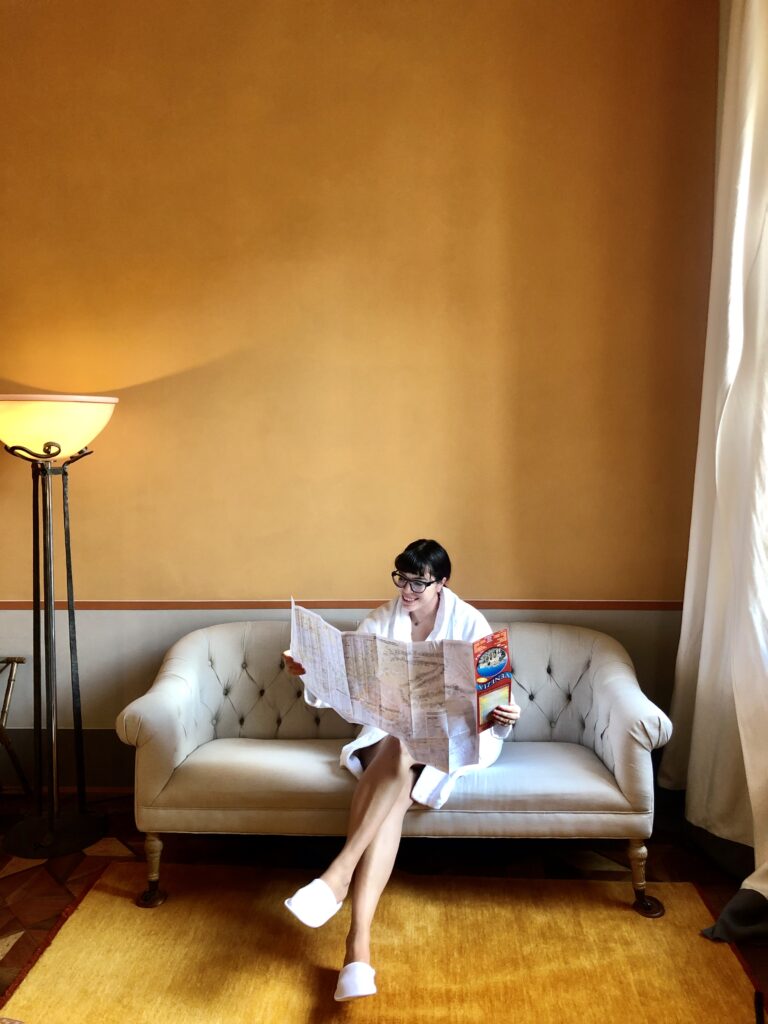
Palazzo Ca’nova offers various luxury accommodations suitable for families and couples, with a stunning water entrance making for a memorable arrival. We stayed in the gorgeous one-bedroom Lipparini, tastefully restored and decorated in the spring of 2019, situated on the first floor (the Piano Nobile), where the most exquisite rooms are traditionally found.

Beautifully furnished and cozy, I especially appreciated the super king-size bed adorned with a delightful Venetian-style canopy, enhancing the room’s romantic ambiance—it’s spacious enough even for my tall frame. This accommodation is perfect for couples or small families, as it allows you to truly immerse yourself in the spirit of Venice while staying in such a stylish establishment in a prime location.
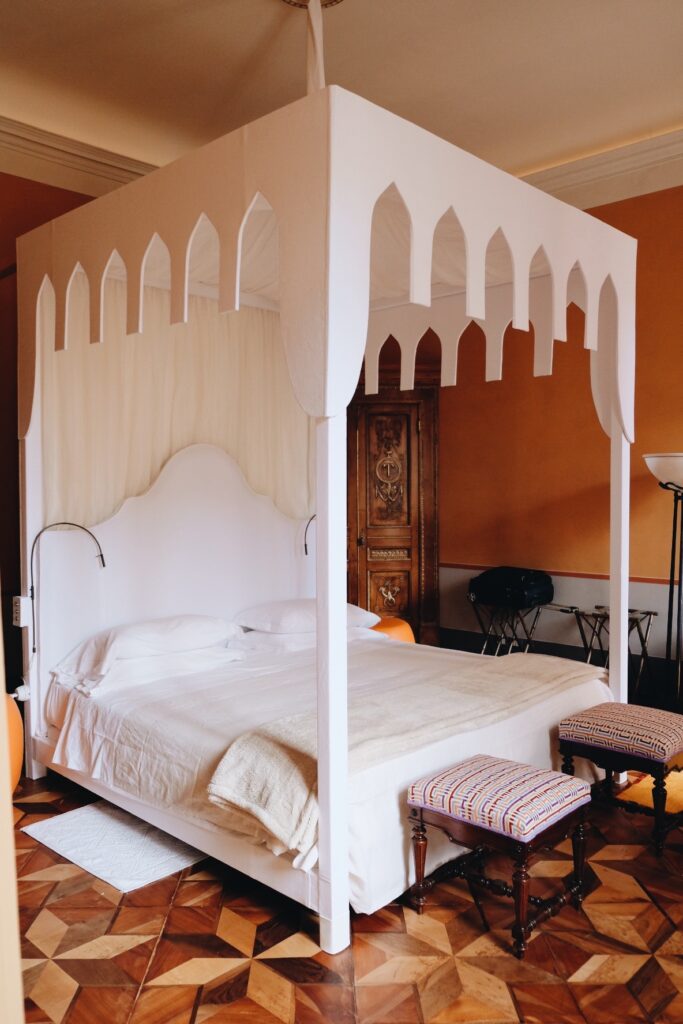
For those curious about the apartment’s namesake: Ludovico Lipparini was a renowned painter, scenographer, and architect, who studied at the Accademia di Belle Arti in Venice. Originally from Bologna, Lipparini moved to Venice in 1822, where he studied art, wed his teacher’s daughter, and eventually became a professor at the Accademia. He became a sought-after portrait artist, with notable clients including Napoleon’s sister Elisa and members of Venice’s aristocracy.
Disclaimer: We were hosted for a two-night stay at Palazzo Ca’nova, but all opinions expressed are entirely our own.
Where to Eat in Venice: Cicchetti and My Top Restaurant Picks
Venice offers many dining options (reservations are highly recommended), but I suggest skipping a traditional lunch or dinner one day to partake in a bacari-hopping experience, indulging in the beloved Venetian tradition of enjoying Cicchetti, bite-sized delicacies like baccalà mantecato made from codfish.
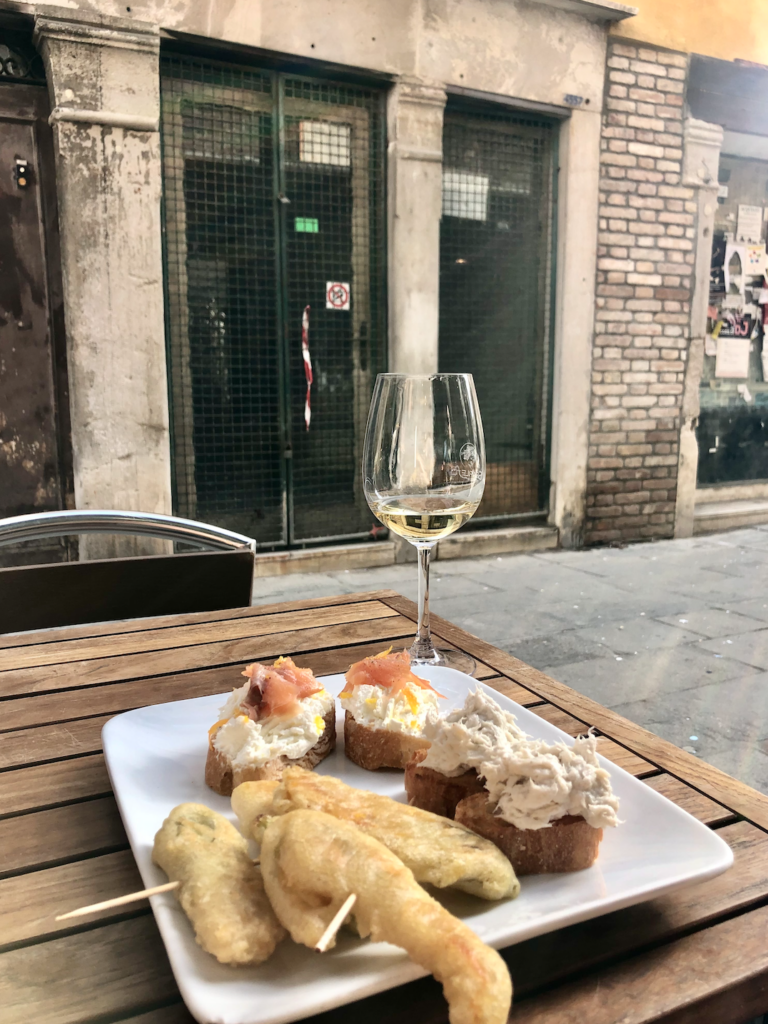
One of the most famous places for cicchetti is located near the Rialto fish market: All’Arco. This charming eatery brims with character and offers a delightful assortment of cicchetti. Simply grab a glass or a bottle of prosecco and claim a seat at one of the outdoor tables to watch life unfold in front of you. For a more comprehensive guide on the best bacari to try, be sure to check out this helpful Google Map list.
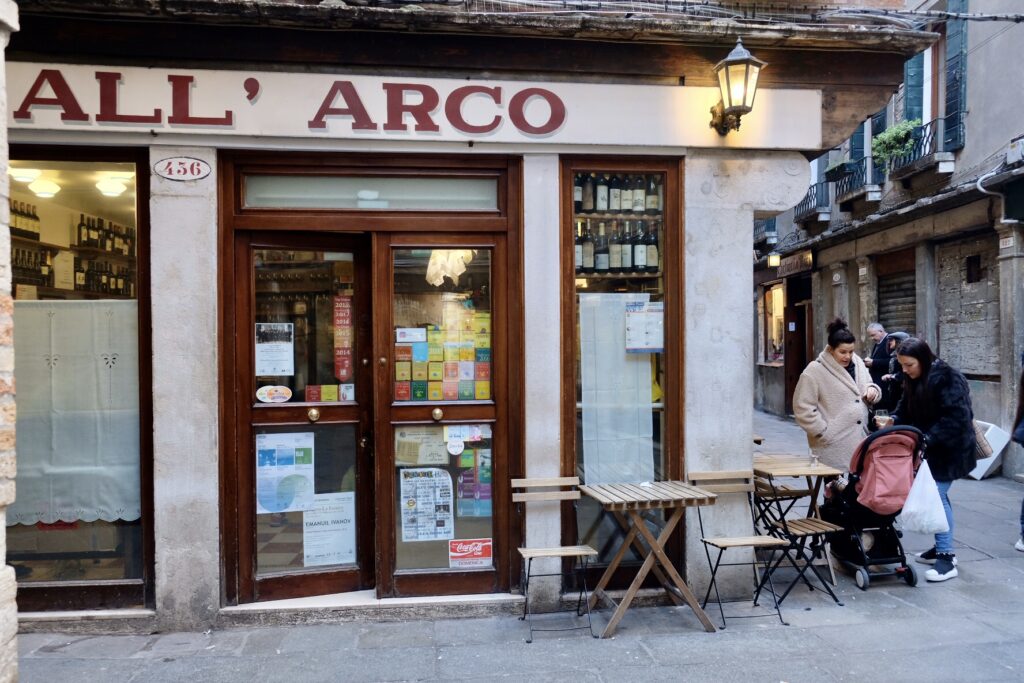
Additionally, one of my favorite restaurants in Venice is Trattoria Antiche Carampane, a local seafood gem that emphasizes fresh, seasonal ingredients. I always indulge in the catch of the day, typically served over fragrant pasta, paired ideally with a minerally white wine from the Veneto region.
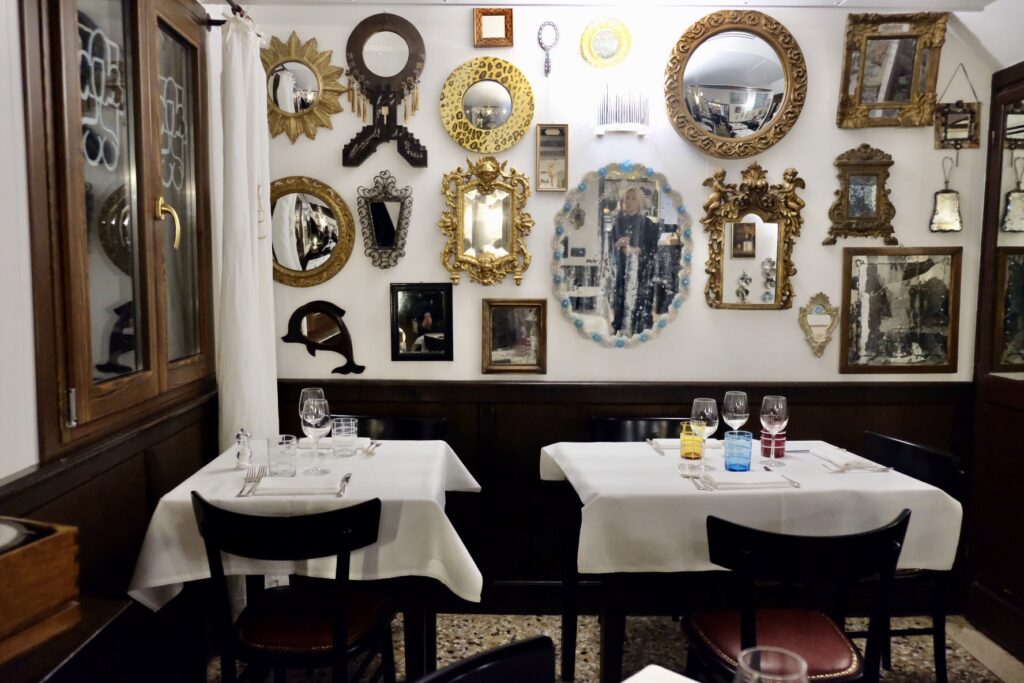
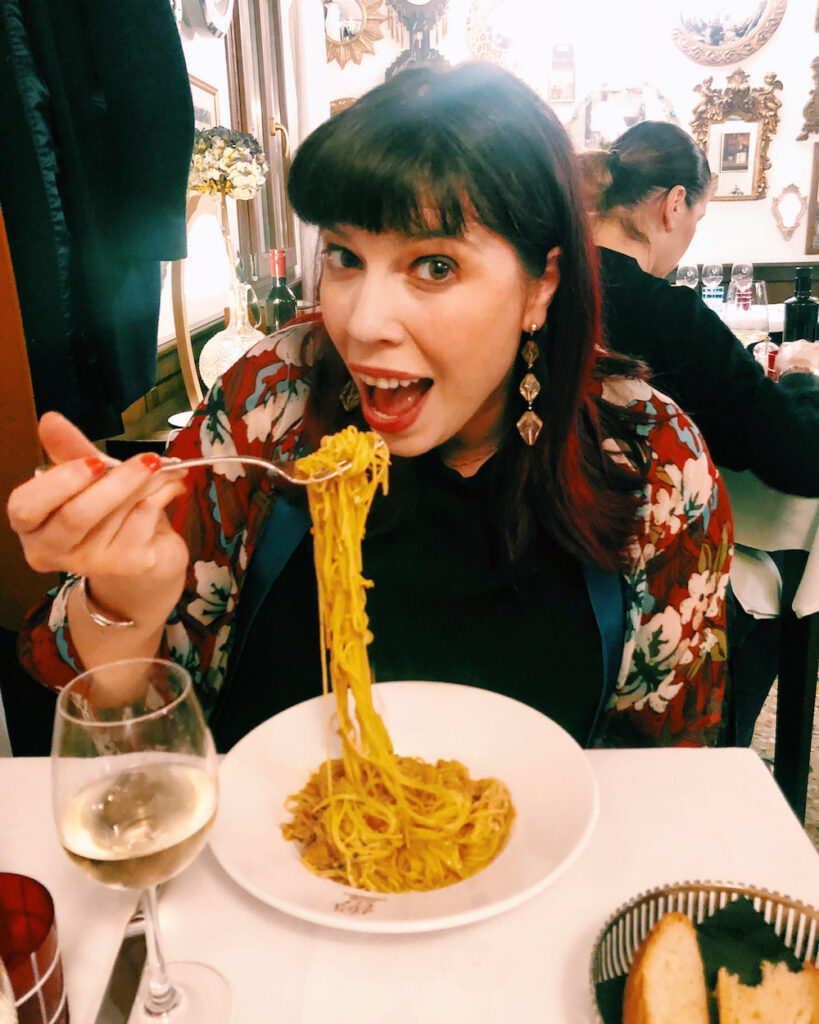
Another recommended spot is Trattoria Anzolo Raffaele (also known as Pane Vino Anzolo Raffaele), a cozy trattoria nestled in Campo dell’Angelo Raffaele in the Dorsoduro neighborhood. Run by the lovely couple Luigi and Patrizia, this slow-food haven offers flavors inspired by both Venice and Sardinia, complemented by a remarkable wine selection. Don’t hesitate to inquire about their recommendations, and be sure to try the pickled vegetables and prosciutto.
Island with a View
Like many who have zipped through Venice in a mere 24 hours, I’ve seen the crowded highlights but often overlooked fascinating spots worth a visit. This tends to happen when you’re pressed for time and adhere to a checklist. Fortunately, by staying a few nights, we were able to discover places such as the island of San Giorgio, just a two-minute Vaporetto ride from Piazza San Marco.
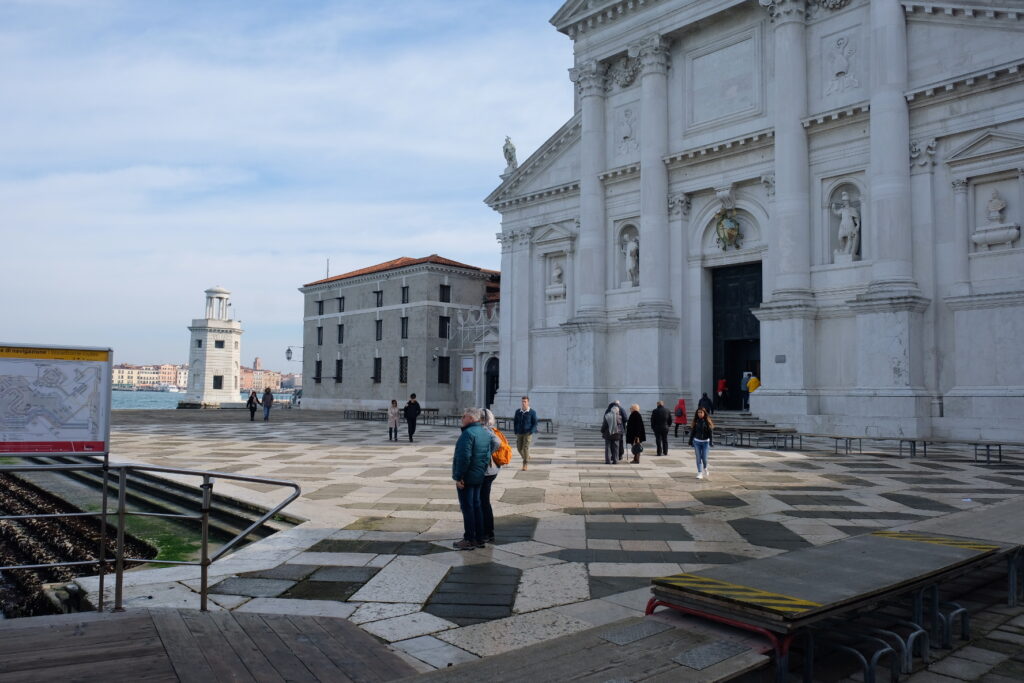
On San Giorgio, you’ll find the stunning church San Giorgio Maggiore, which houses remarkable art, including Tintoretto’s Last Supper and other significant pieces. Don’t miss climbing the bell tower for one of the best panoramic views of Venice and its lagoon—a scenic vista that rivals that of the San Marco Campanile.
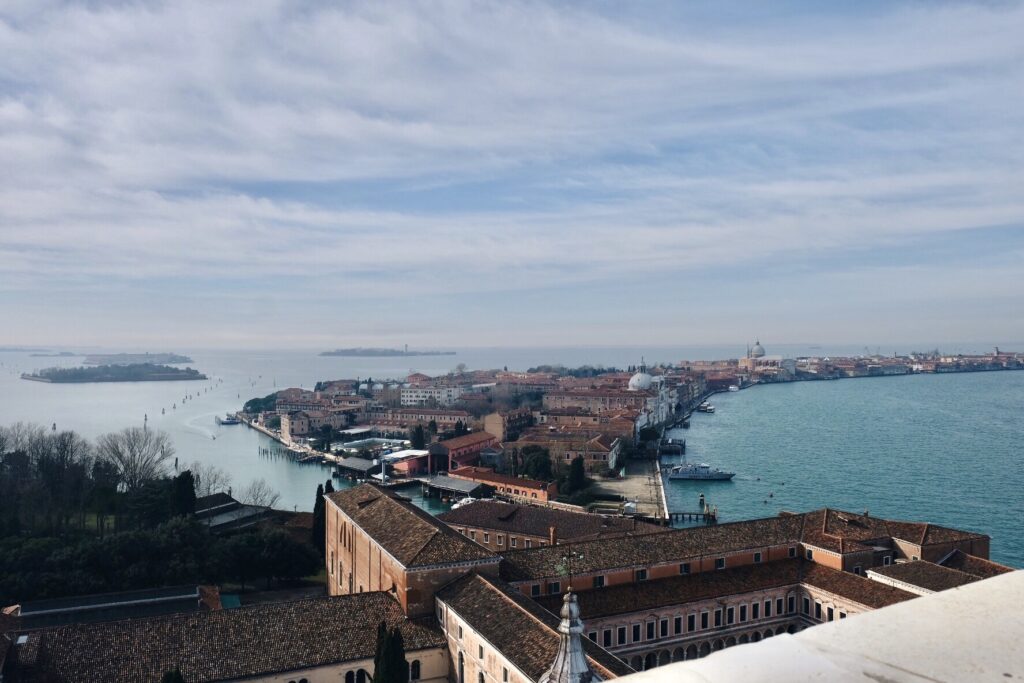
With roots tracing back to the 8th century, the island was once known as the “island of cypresses” and served as a place for monastic study. Following an earthquake in 1223, it was revitalized by Benedictine monks before being claimed by Napoleon for military purposes in the 19th century. Count Vittorio Cini played a crucial role in restoring the island to its former glory, making it a significant landmark once more in Venice.
Experience Venice Like a Local – Insider Perspectives
This trip felt distinct from previous visits because we enlisted a local friend and tour guide, Monica Ceserato. This vibrant Venetian is dedicated to showcasing the best Venice has to offer, promoting local artisans and unique eateries. Be sure to check out her blog for details about recent interviews with local craftsmen and her own recommendations.
Dressing up in carnival costumes and exploring venues together, she shared her knowledge of boutiques and artisans that would resonate with me. From locally made carnival masks crafted by a family of artisans to contemporary paper products from a trendy shop tucked away in Venice’s narrow streets, the artisans in Venice deserve their own spotlight. Monica’s blog is an invaluable resource for up-to-date insights on these local treasures.
During our carnival visit, I was eager to learn more about this tradition and support local craftsmanship. According to Monica, the term “maschera” in Venetian culture refers to both disguise and freedom—historically, masks allowed individuals to transcend societal norms. We visited Mater Domini Masks, run by two jolly sisters, Elisabetta and Michela. Their family has been making masks for generations, and they offer mask-making workshops, a perfect future activity when Annabelle gets older!
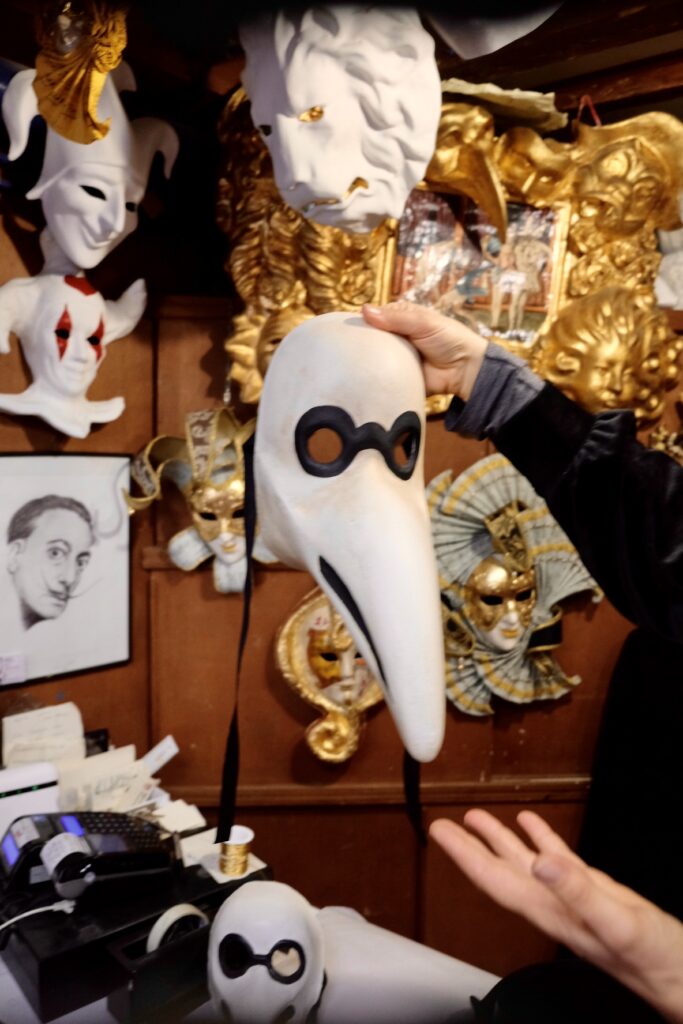
If you appreciate handcrafted glass pieces but can’t make it to Murano, Vetrofantasia Di Fuin Michele is a fantastic store offering exquisite handmade glasswork, where you can observe Michele shaping the beads himself along with his wife, Cristina.
PaperoOwl is another recommendation from Monica. This charming shop is operated by the lovely Stefania from Verona, who creates beautiful paper accessories, specializing in origami-inspired jewelry and souvenirs. Her passion for her craft is contagious, and it was a delight to speak with her about the challenges of running a shop in Venice, where high rents and flood threats endanger local artisans. Be sure to check out her mini dioramas called “Inabox,” featuring tiny representations of Venice’s various scenes!
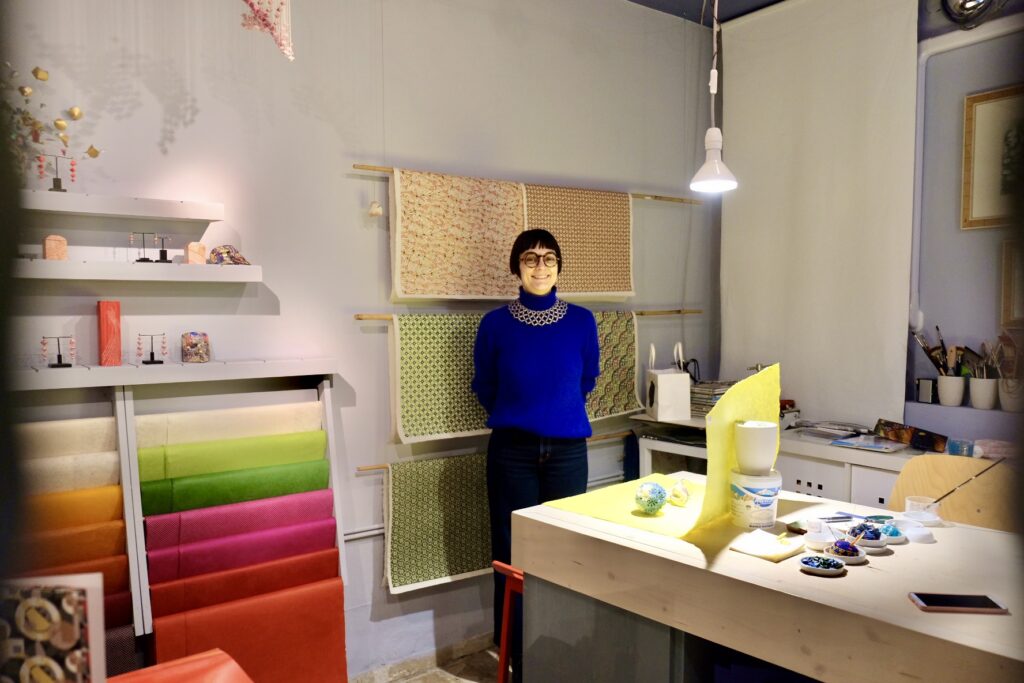
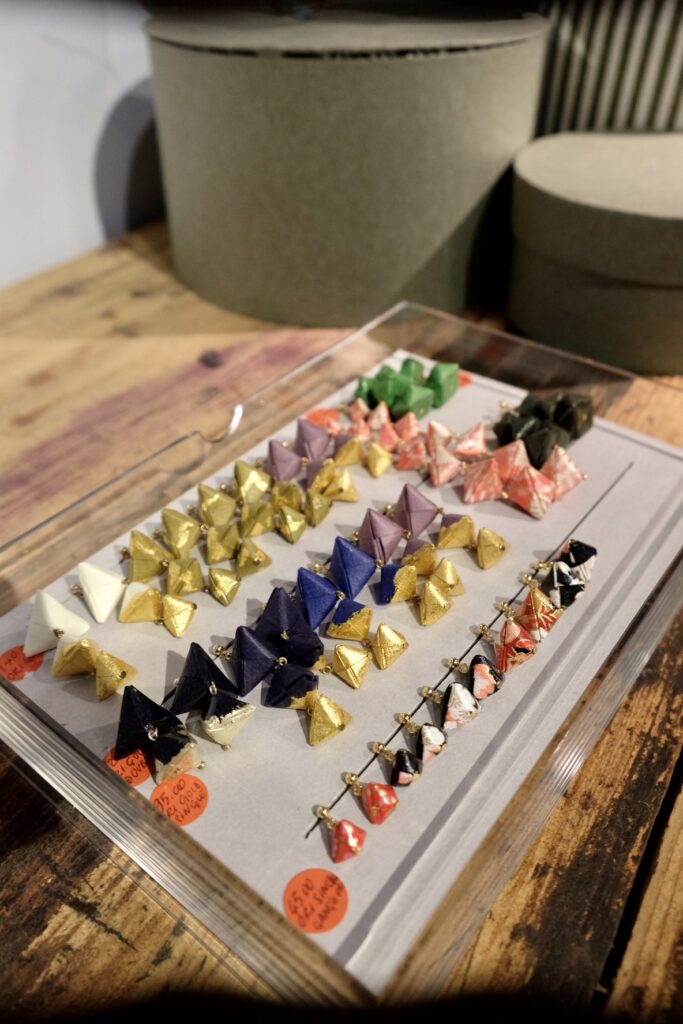
I also asked Monica to share her insights on visiting Venice in the post-pandemic era.
My advice for visiting Venice this year remains consistent with what I would have suggested before the pandemic: plan your trip ahead and aim for a stay that exceeds 2 or 3 days! More than ever, we need support for local businesses— from artisans to restaurants and small hotels. Venice is small in size but vast in its offerings: not only museums and churches but a range of experiences including food tours, cooking classes, rowing lessons, electric boat rides, mask painting, glass bead making, and more. Venice is not merely Saint Mark’s Square and the Rialto Bridge; it’s a city steeped in 1200 years of history. Demystify the city by reading blogs written by local bloggers—they can offer first-hand knowledge and insights. Treat the city with respect, and it will reward you with cultural enrichment and joy. Above all, approach Venice without preconceived notions and allow her to reveal herself at a leisurely pace, guided by her residents. This is how you truly experience the real Venice!
How can you show respect to Venice?
Here are some simple guidelines: no swimming in the canals (Venice is not a beach resort), avoid wandering about shirtless or in a bikini, refrain from using bicycles, skateboards, or rollerblades; try to walk in single file or a maximum of two people, as Venice’s streets are often narrow. If you visit an artisan, remember that their time is invaluable. The longer you spend chatting, the less time they have to create. Thus, if you take up their time, it’s courteous to make a purchase! They’ll appreciate your support and be eager to share the story behind their craft.
Additional Resources
Where We Stayed
- Palazzo Ca’Nova, part of the Trust&Travel collection, specializes in the rental of historic Italian villas and estates since 1995, offering properties from grand medieval castles to quaint farmhouses in Italy’s stunning regions.
Where We Dined
Where We Shopped
- PaperoOwl, Calle Longa, 2155/A, 30135 Venezia VE, Italy.
- Venetian Dreams Marisa Convento, Bottega Cini, Sestiere Dorsoduro, 734 c, 30123 Venezia VE, Italy.
- Mater Domini Masks, Maria Mater Domini Santa 2118, 30135 Venezia VE, Italy.
- Vetrofantasia Di Fuin Michele Lavorazione Artigianale Vetro Di Murano, Calle del Dose, 3800, 30122 Venezia VE, Italy.



